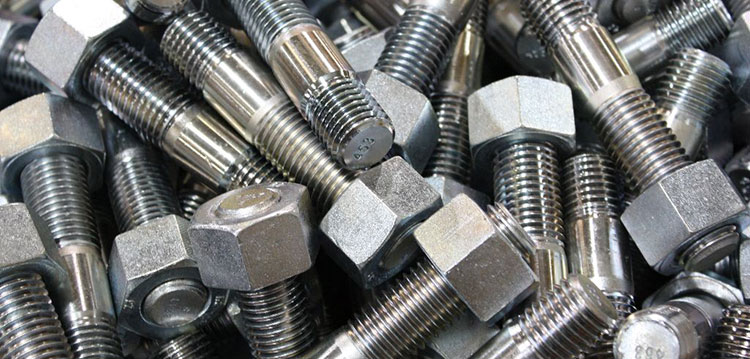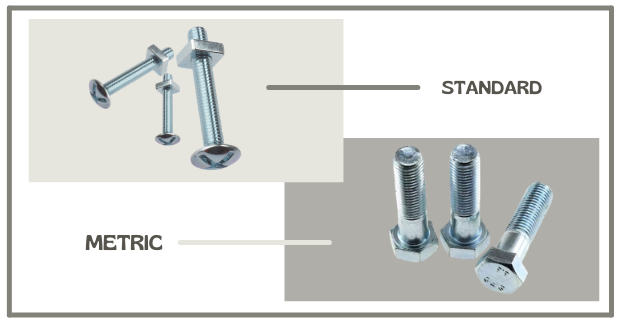Measurement of nuts and bolts has always been tricky. As the production and assembling of auto parts and supplies take place in different parts of the world, finding compatible fittings is tough. Some systems were needed to universally agree upon the size and measurements.
There are two popular systems that experts refer to- standard and metric. In the automotive world, these two are widely used, particularly when we talk about bolts, nuts, and other fasteners. So, it’s comparatively easier to differentiate between two types than a variety of fasteners.
How are they labelled as Metric Bolts or Standard Bolts?
Both metric and standard bolts are the measures of the head size according to the distance across flat parts of the head.
Head size is measured in inches or fractions of inches for standard bolts, whereas for metric bolts, the head size is measured in millimeters. It is required to be followed otherwise, it can cause confusion to the engineers and automotive experts who attempt to apply metric bolts to standard systems and vice versa.
What’s The Difference Between Metric And Standard Bolts?
Standard Bolts

These bolts function based upon the commonly used imperial measurement system. What it means is that the bolts should be measured in inches or fractions of inches. There are two basic types of standard bolts that are prevalent – UNC and UNF.
UNC- Unified National Coarse Thread Bolt
UNF- Unified National Fine Thread Bolt
Metric Bolts
Metric bolts are manufactured and designed according to the metric system of measurement, i.e., in millimeters. Bolts, nuts, screws, and other fasteners made in the metric system are more reliable and much easier to scale up and down than the imperial system.
Since these products are sold internationally, international manufacturers often use metric bolts to maintain ease of use. Metric bolts come in different materials like zinc, stainless steel and have different grades as well. You can find the details of high tensile bolts here.
How do you judge the quality of the bolt/nut?
If a metric bolt is 6 mm in diameter or more, then ISO (the International Standards Organization) approves embossing of the term “ISO M” or just “M” on the bolt’s head.
This is to ascertain and certify that the bolts are compliant with ISO standards. Manufacturers usually mark metric bolts with numbers to indicate their strength. Some of them may also emboss “M” followed by the strength grade on the flats of hexagonal bolts.
At Wrights Auto Supplies, we bring you a wide variety of automotive supplies that are high quality and genuine. We sell fixings & fastenings like assorted packs of stainless steel bolts, zinc plated nuts, vehicle packs, brake/fuel hoses & fittings, plus a range of other fittings.

